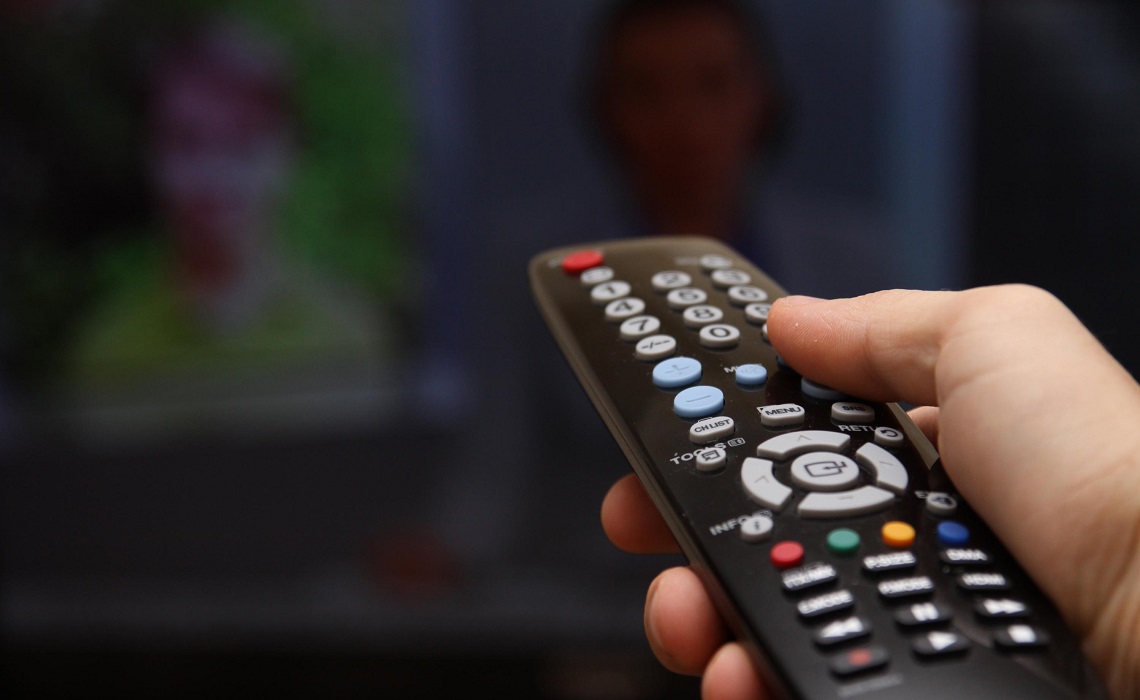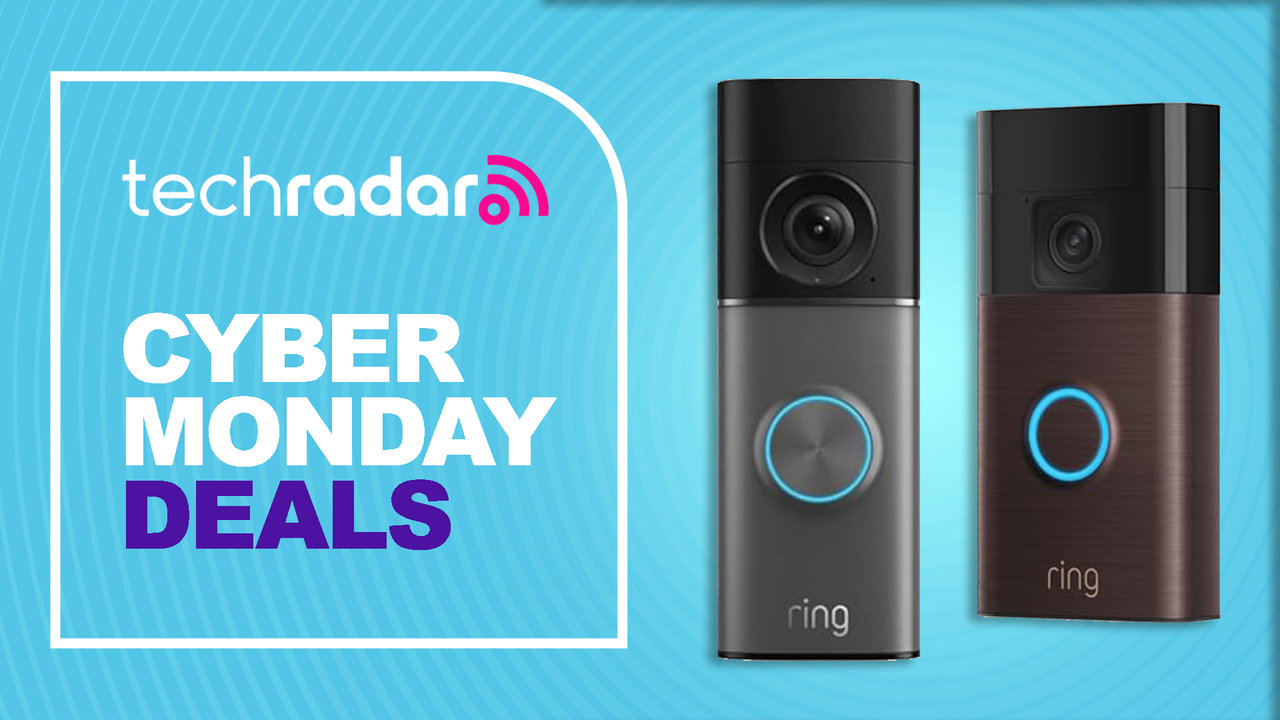
You might be as surprised to hear this statistic as I was: 3.4 million households in the United States have ditched cable since 2012. Do you think this is a big number or a small number? Honestly, I think it’s kind of low. But perhaps it’s because more people are finally jumping on the cord cutting bandwagon, and this number will actually increase substantially in the next year or two? In fact, over a million people killed their traditional pay-TV subscriptions just last year. Leichtman Research has some new data on the recent losses of the cable and satellite TV companies. And like the 3.4 million number, it doesn’t really seem that bad.
To start, the top six pay-TV companies lost 710,000 subscribers in the first quarter of 2018. That’s compared to 780,000 losses in the same quarter last year. This dip is certainly good news for the industry. Getting back to my original point, it’s possible that we don’t want to see a huge number in this area right away, as it doesn’t give the industry time to adjust.

Bruce Leichtman, president and principal analyst for Leichtman Research Group Inc., had this to say about the numbers:
“The number of pay-TV subscribers for the top providers peaked six years ago. Since 1Q 2012, top providers have lost about 3.4 million total pay-TV subscribers. Since the industry’s peak, traditional services have lost about 7.2 million subscribers, while the top publicly reporting Internet-delivered services gained about 3.8 million subscribers.”
That’s over the last 6 years. So like I said before, those numbers aren’t at all staggering. The hardest hit companies continue to be satellite providers, who list 375,000 subscribers in the first quarter of 2018. In comparison, cable only lost 285,000 subscribers. Perhaps that is why companies that own satellite providers (AT&T and Dish) are pushing ahead the hardest with streaming alternatives like DirecTV Now and Sling TV. These two services combined added 405,000 subscribers in this quarter. Which is what makes the loss seem a little bit better on paper.

And this is what I was referring to when I said that the industry needed time to catch up. It’s these TV providers who need to change the way that they’re bringing us TV. If they don’t, then they’re going to be left in the dust and streaming services like Netflix and Amazon are going to take over the universe. Literally. I’m not saying that they’re not changing things, but they’re awfully slow, and if I’m being honest, the cost isn’t necessarily better for the consumer. And I think that has to be the key in the change. Consumers want to feel like they’re getting a deal.
Speaking of Amazon for a moment. With Amazon Prime, you automatically get access to their TV offerings. So even if you never thought you’d watch any of their TV shows, you already have it. Giving them a boost in their subscriber numbers. And that’s what makes it kind of a great deal. That said, streaming services might help the cable companies bridge the gap when it comes to cord-cutting. But the days of distributors making a ton of cash by getting Game of Thrones into your house is long gone.



